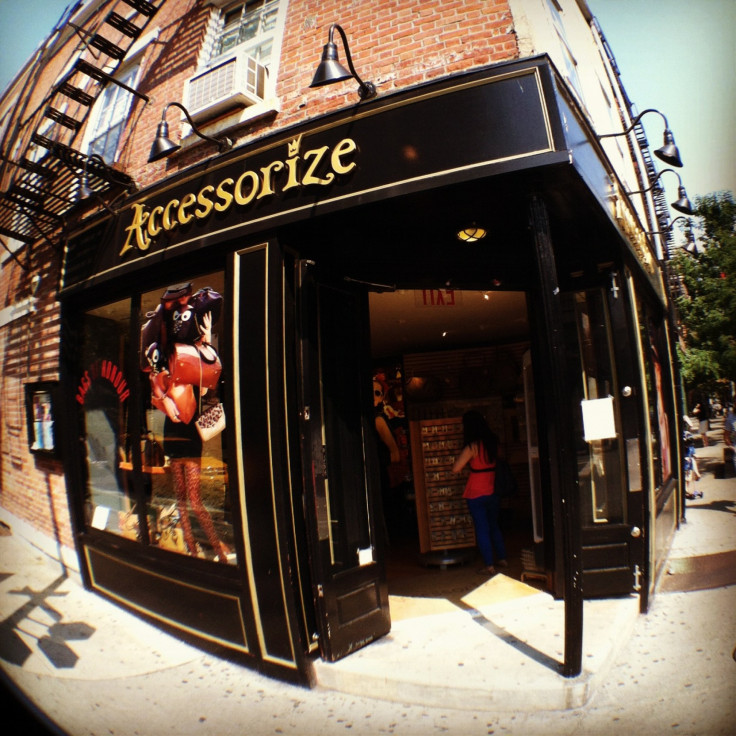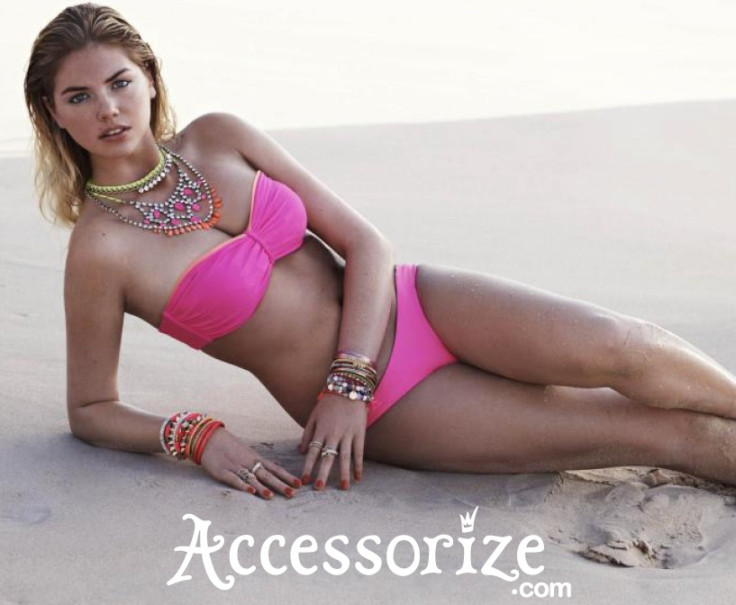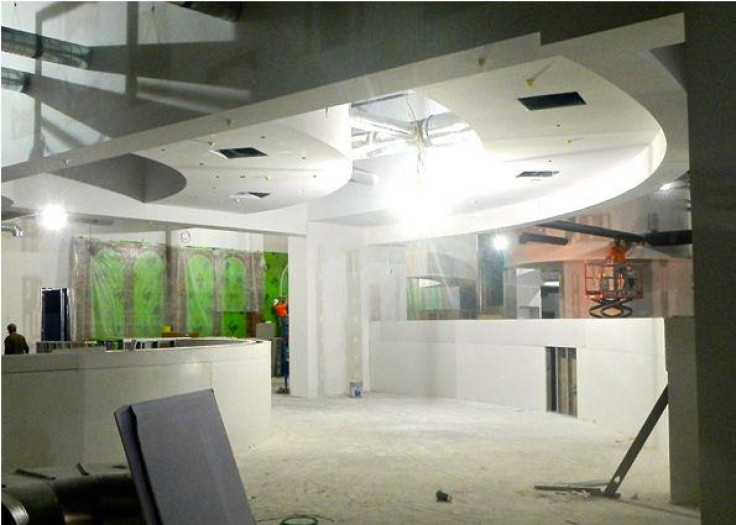Saudi-Owned Retail Group Of America Plans Large-Scale Launch Of European Brands In Malls Thoughout US [PHOTOS]
The Retail Group of America (RGA), the U.S. operating arm of Fawaz Al Hokair Fashion, is preparing a large-scale business venture, worth as much as $1 billion, that will see the opening of more than 2,000 U.S. retail clothing stores.
Starting in August 2013 with 10 storefronts at the Palisades Center in West Nyack, N.Y., and then 175 to 200 stores in the next 12 months, Aaron Eisenberg, chief executive officer of RGA, has outlined a game plan that will reportedly lead to an estimated $1 billion in sales in the next five to six years.
RGA’s venture will utilize brands chosen from Al Hokair’s portfolio of 70 fashion properties, including Promod, Jennyfer, Cortefiel, Women’s Secret, New Yorker, Ziddy, Sergent Major, Suite Blanco and Lipsy -- all new to the U.S. market.
“There’s an opportunity for European fashion to be introduced on a larger scale,” Eisenberg said. “If you look at all the malls, you see a sea of sameness. The malls are showing great brands, but there’s not a lot of diversity. This is something new for landlords to present.”
As RGA’s venture is certainly one that is unprecedented in the United States from a scalability perspective, the company is seemingly trying to recreate the success Al Hokair had when he brought well-known American brands, including Gap and Banana Republic, to Saudi Arabia.

“We’re a very analytically driven company that works on strategy, methodology and a progression built on fact and performance,” Eisenberg said. “And so what we saw was a great opportunity to bring some difference, to bring some variety from a European perspective.”
While the brands RGA is bringing to the U.S. may not spark any recognition, Eisenberg said they’re all “very well developed in their own countries.”
“Most of these brands have north of 300 free-standing stores in their home markets. Many of them have over a thousand stores worldwide,” he said.
Marketing will play a central role in RGA’s plan as they use aggressive ad campaigns to target specific U.S. demographics. The company has even enlisted Sports Illustrated supermodel Kate Upton to spearhead the ad campaign for its Accessorize outlet, which RGA bought the license to, along with Monsoone, in 2012. Both stores already operate 24 U.S. locations.

“Our goal is to get the message out about the brands -- who they are, who their customer is and what they’re all about-- so that by the time the stores open, the brand will be established,” Eisenberg said. “The marketing aspect is critical.”
RGA aims to open as many stores as possible in a single mall, five or six being the projected number, with each brand operating as its own entity.
“Once the first 12 brands are rolled out, we’ll take another 12 and launch right behind, building momentum for each truncheon of stores,” Eisenberg said. “This will continue for the next five to seven years.”

According to RGA, stores will range in size from 500 square feet for Accessorize to 15,000 square feet for New Yorker. The median footprint is 2,000 square feet.
The company’s first 52 stores will serve as a test of "operational capacity" and a chance for the brands to work out any bugs, according to Eisenberg. From there, RGA will accelerate openings to reach around 200 stores a year with numbers reaching north of 2,000 by its fifth year of operations.
“Based on the reception that we get and based on performance, we’ll also tailor our marketing into respective markets that respond to each brand,” Eisenberg said. “And then once we see the responses, we’ll really drive it forward more aggressively.”
© Copyright IBTimes 2024. All rights reserved.












